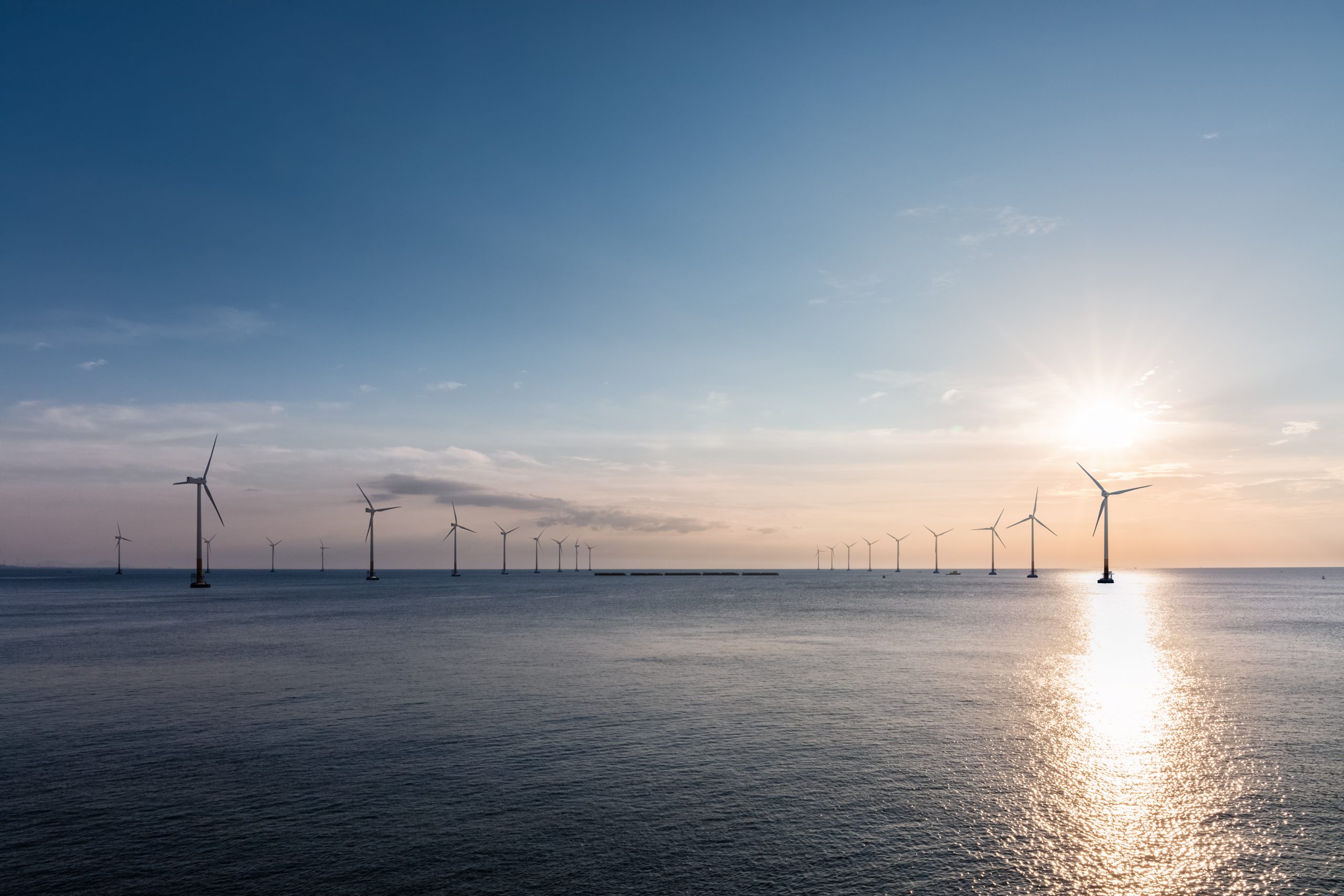The Global Offshore Wind Report 2023 by the Global Wind Energy Council (GWEC) has unveiled promising statistics and forecasts for the offshore wind industry. Europe remains at the forefront, contributing significantly to the 8.8 GW of new clean energy capacity added globally in 2022. The report projects a staggering 380 GW of new offshore wind capacity by 2032, with Europe expected to play a pivotal role.
Second-Best Year for Offshore Wind
According to the GWEC report, the offshore wind industry had its second-best year in 2022, adding 8.8 GW of new clean energy capacity. Europe was a major contributor, accounting for 2.5 GW of offshore wind capacity across six countries. This follows a similar trend from the previous year, solidifying Europe’s position as a leader in the sector.
Key Drivers for European Growth
The report identifies several factors that will drive the growth of offshore wind energy in Europe:
1. **Competitive Technology**: Fixed-bottom offshore wind has emerged as a highly competitive form of electricity generation, second only to onshore wind and solar PV. Its scalability offers considerable advantages.
2. **Unlocking Deep Waters**: The commercialisation of floating wind technology is set to unlock potential in deeper waters, including the North Sea, Mediterranean Sea, and Atlantic Ocean.
3. **Energy Security**: The EU’s new energy security strategy, REPowerEU, aims to accelerate the deployment of offshore wind and renewable hydrogen. This comes in the wake of Europe’s urgency to transition from fossil fuels, particularly following the Russian invasion of Ukraine.
4. **Net Zero Commitments**: The EU’s Green Deal targets 300 GW of offshore wind capacity by 2050, aligning with its net-zero commitments.
5. **Industrial Plan**: The EU’s Green Deal Industrial Plan aims to bolster Europe’s clean energy industries.
GWEC Market Intelligence predicts a steady, albeit slow, growth in the near term (2022–2025), with average annual installations expected to remain at 4.8 GW. This is attributed to lower activity levels in established North Sea markets like Germany, Denmark, and Belgium, as well as current market challenges.
Long-Term Projections
However, the landscape is set to change dramatically post-2026. With multi-GW projects from the UK’s Round 3 and 4 auctions coming online, and new markets like Poland and Ireland opening up, Europe is expected to surpass the 10 GW milestone in new installations by 2027. If supply chain and infrastructure can keep pace, annual growth could potentially reach 20 GW by 2029 and nearly 30 GW by 2030. Around 78% of the total volume predicted for the next decade is expected to be built in the second half of this period (2028–2032).
The offshore wind sector is poised for significant growth, and Europe is well-positioned to lead this transformation. While near-term growth may be moderate, the long-term outlook is robust, driven by technological advancements, policy initiatives, and an increasing focus on sustainability and energy security.
You can find full report here
Source: www.gwec.net














